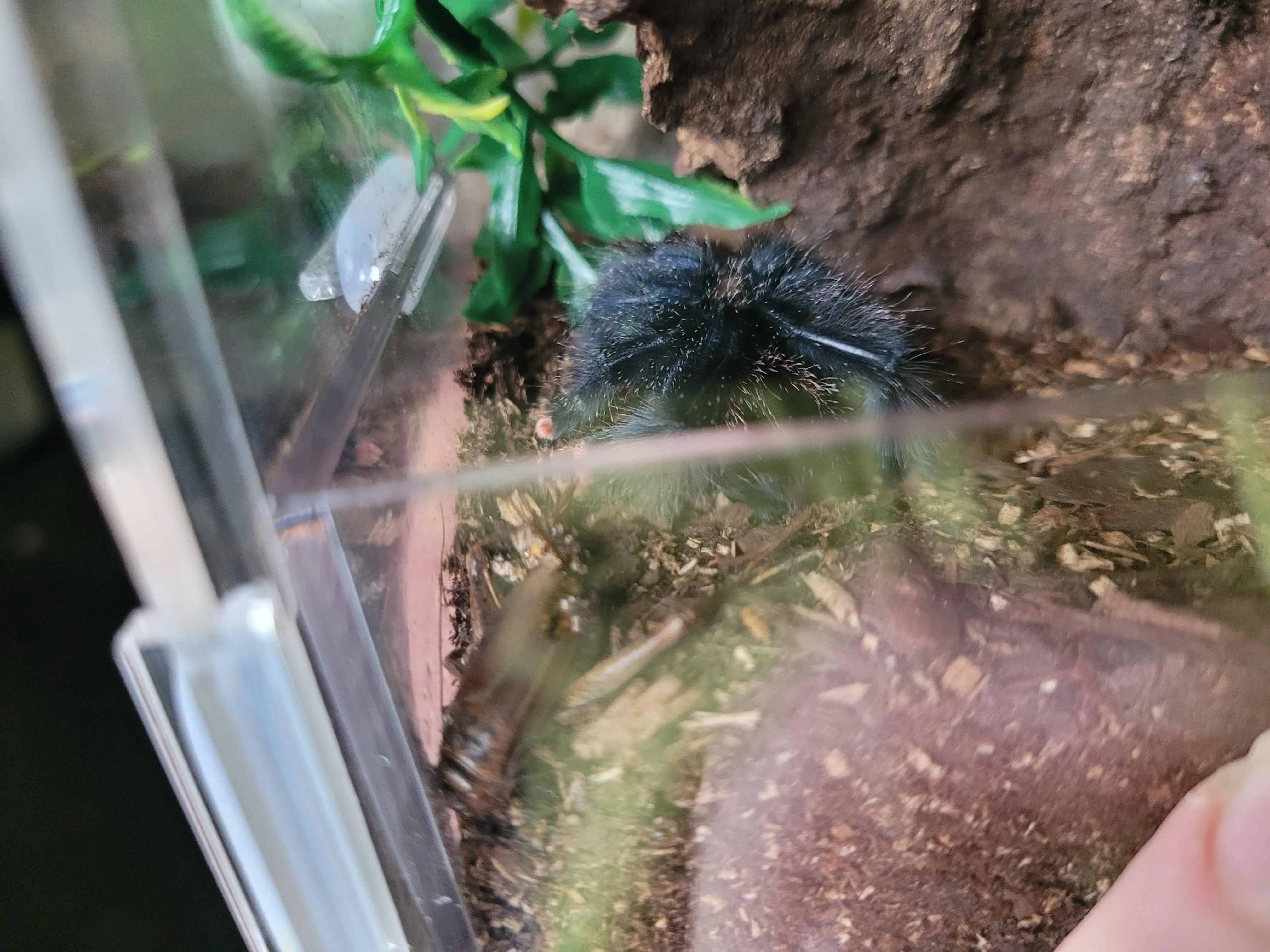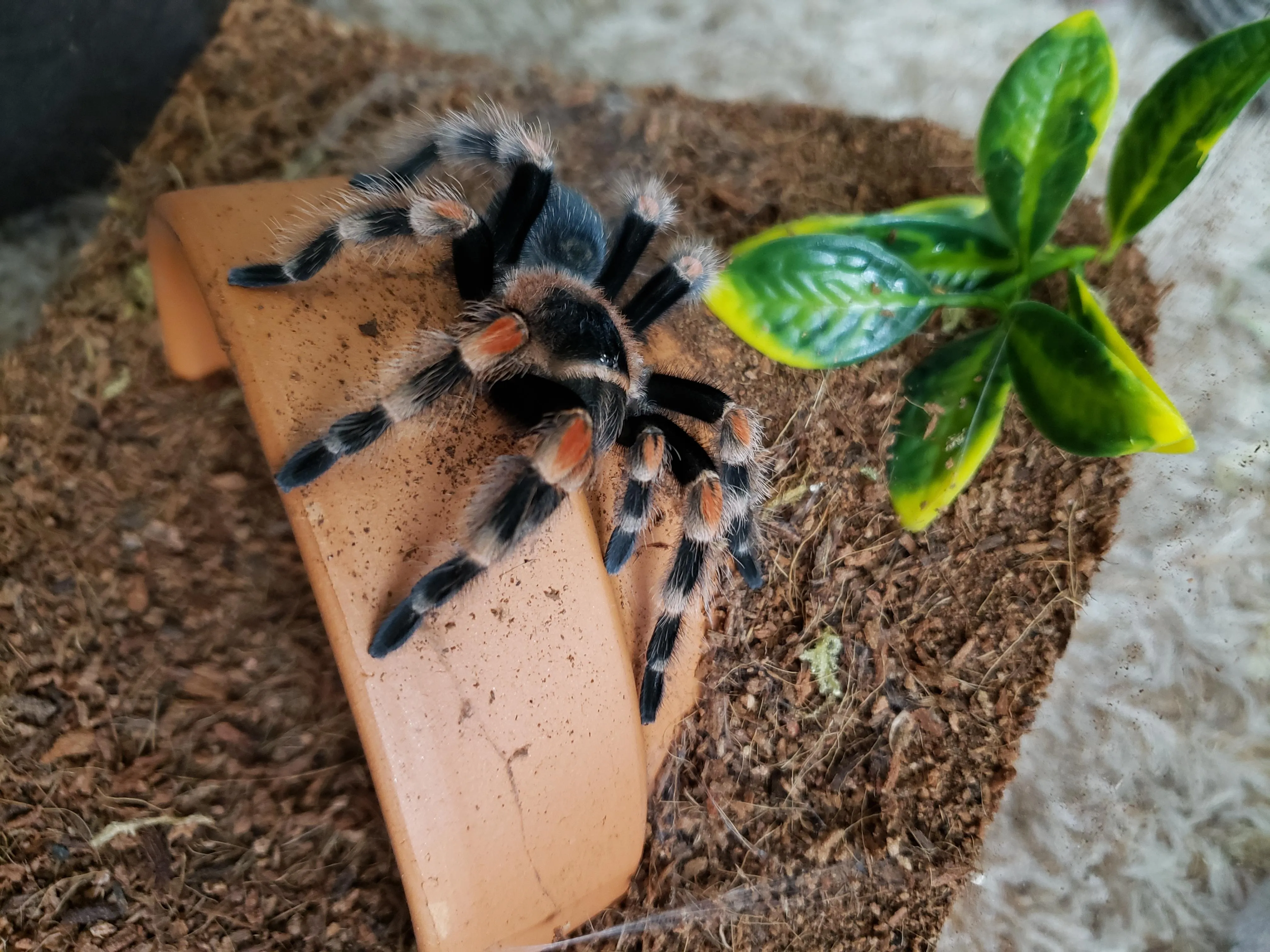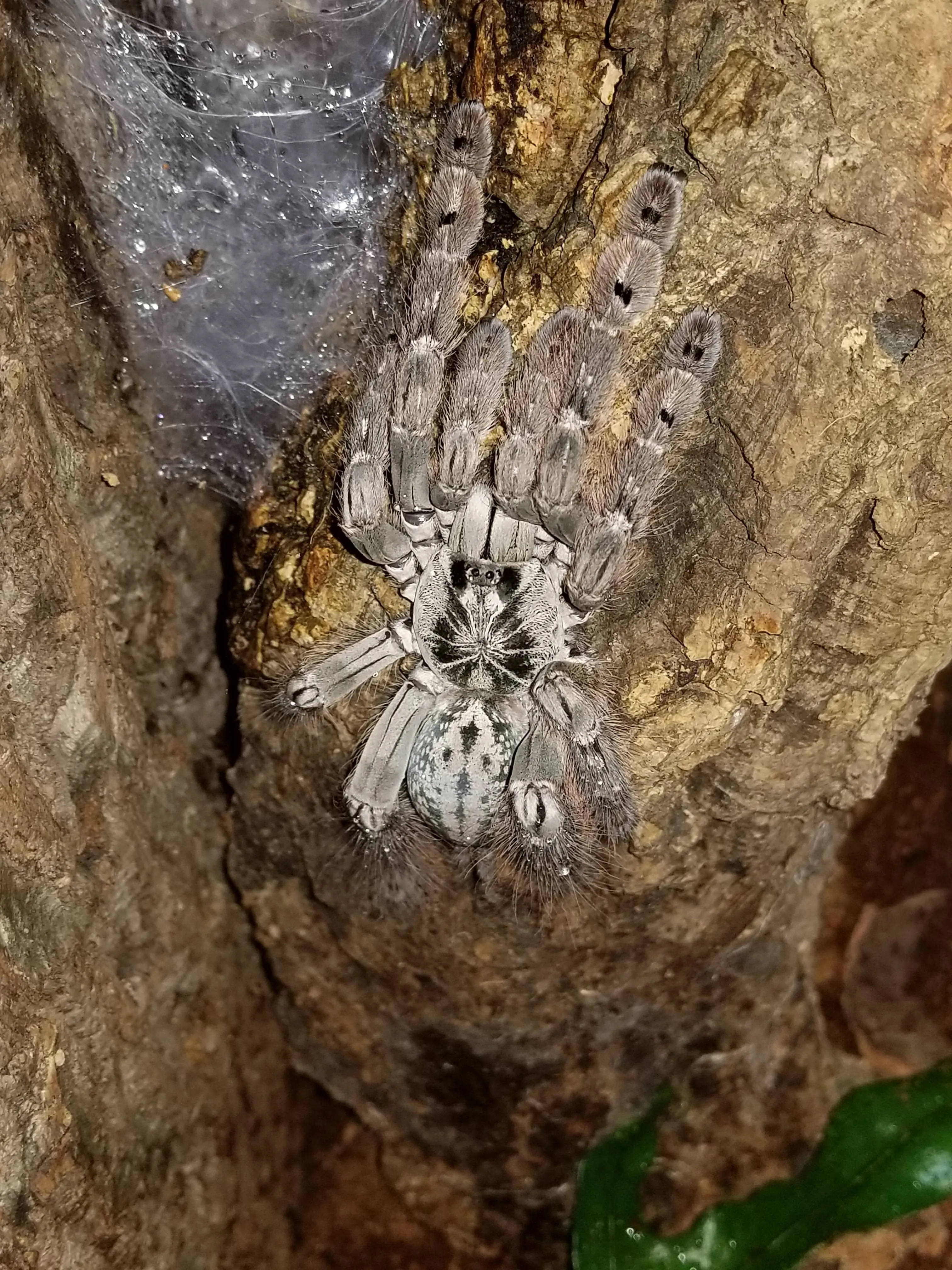What is Tarantula Molting
Tarantula molting, also known as ecdysis, is a fascinating and essential process for these arachnids. It’s essentially the way a tarantula grows. Unlike humans and other mammals, tarantulas have an exoskeleton – a hard, external covering – that doesn’t grow. As a tarantula grows, it needs to shed this old exoskeleton and reveal a new, larger one underneath. This process is repeated throughout their lives, although the frequency decreases as they get older. Molting is a vulnerable time for tarantulas, as they are soft and defenseless. Understanding the basics of tarantula molting is crucial for any owner, ensuring their pet’s health and longevity. Knowing what to expect and how to respond during a molt can be the difference between a healthy tarantula and a stressed or injured one. The tarantula molt unveils the spider’s new exoskeleton, allowing the spider to grow and develop.
The Molting Process
The molting process itself is a remarkable feat of nature. It starts with the tarantula preparing for the shed. This involves building up the pressure from its hemolymph (the arachnid equivalent of blood) to help the old exoskeleton split. The tarantula will often lie on its back, a posture that can be alarming if you are not expecting it. The old exoskeleton splits, typically along the carapace (the top part of the cephalothorax) and the abdomen. The tarantula then slowly wriggles out of its old skin, a process that can take anywhere from a few minutes to several hours, depending on the size and age of the tarantula. Once free, the new exoskeleton is soft and pliable. The tarantula will remain still, allowing the new exoskeleton to harden before resuming its normal activities. The entire process is a testament to the resilience and adaptability of these creatures.
Signs Your Tarantula is About to Molt

Recognizing the signs that your tarantula is about to molt is vital for providing the right care. One of the most common indicators is a change in the tarantula’s behavior. They might become less active, refusing food and retreating into their hide. The abdomen may appear darker or more translucent, as the new exoskeleton forms beneath the old one. The tarantula might also start to build a web mat or seal off its burrow to create a safe space for the molt. Other signs include a swollen appearance, a change in the color of their fangs, and a general lack of appetite. Observing these behavioral and physical changes will help you prepare and avoid any unnecessary disturbances during this critical period. By paying close attention, you can ensure your tarantula has a smooth and stress-free molting experience.
The Role of Humidity
Humidity plays a crucial role in the molting process. Adequate humidity helps the tarantula to shed its old exoskeleton properly. If the environment is too dry, the old skin can become brittle and difficult to remove, potentially leading to a failed molt and injury or even death. To maintain appropriate humidity levels, mist the enclosure regularly, or use a water dish. The specific humidity requirements vary depending on the tarantula species, so researching your specific species is essential. A hygrometer can help you to monitor the humidity levels, and ensure that they are within the recommended range. Proper humidity levels will greatly increase the chances of a successful molt. It is one of the most important factors to consider in the care of a tarantula. If humidity is not maintained, it can lead to a failed molt.
Why Is It Important To Leave the Molt Alone
It’s crucial to understand why it’s best to leave the molt undisturbed. The new exoskeleton is soft and vulnerable immediately after molting, and the tarantula is extremely delicate. Handling the tarantula during this time can cause serious injury or even death. The newly molted tarantula needs time for its exoskeleton to harden completely. The molt itself can also provide valuable information. It can allow you to determine the sex of your tarantula and can provide a snapshot of its previous size. Disturbing the molt can also stress the tarantula, potentially leading to complications during the hardening process. Patience and observation are the keys here, allowing your tarantula to recover and thrive in its new skin. It is important to avoid unnecessary interactions during the molting process.
How to Handle the Molt

Once the tarantula has fully hardened, you can remove the molt. Use a pair of tweezers or tongs to gently remove the shed skin from the enclosure. Be careful not to disturb your tarantula while you do this. Inspect the molt for any missing limbs or other abnormalities, as this can indicate health problems. The molt can also be used to sex your tarantula. By carefully examining the underside of the molt, you can look for the presence of spermathecae (in females) or a distinct abdominal structure (in males). The molt itself is a fragile thing, so handle it with care. The molt can be stored in a safe place, and can be used as a reminder of the growth and development of your tarantula. Always ensure your tarantula is at a safe distance when handling the molt.
Can You Tell The Tarantula’s Sex From Its Molt
Yes, you can often determine the sex of a tarantula from its molt. This is done by examining the underside of the shed exoskeleton. In female tarantulas, the presence of spermathecae, which are the reproductive organs, can be observed as a small pouch-like structure. Males do not have these, but they may have a distinct structure on their abdomen. Sexing a tarantula from its molt can be a little tricky, requiring a good eye and potentially a magnifying glass. It is also easier to sex a mature tarantula molt than a juvenile’s. If you are unsure, you can always consult an expert or online resources for assistance. Knowing the sex of your tarantula is helpful for planning breeding, and for understanding its specific needs. Sexing the molt is a fun part of owning a tarantula.
How Long Does It Take For A Tarantula To Molt
The duration of the molting process varies depending on the age, size, and species of the tarantula. Smaller, younger tarantulas molt more frequently, sometimes every few months. Larger, mature tarantulas may only molt once a year or even less. The actual molting process itself can take anywhere from a few minutes to several hours. The period of preparation before molting can last for several weeks or even months. The recovery period, when the tarantula is soft and vulnerable, can last for several days. Factors such as temperature, humidity, and overall health also influence the molting timeline. A healthy tarantula in an appropriate environment will typically molt more efficiently. Observing your tarantula’s behavior and recognizing the signs of an upcoming molt will help you to anticipate the process.
What To Do After Your Tarantula Molts

Once your tarantula has molted, it’s important to provide the appropriate care and support. Allow the tarantula time to recover and its new exoskeleton to harden completely. Do not handle or disturb the tarantula during this period. Provide fresh water. Avoid offering food for a few days to allow the tarantula to regain its strength. The newly molted tarantula may be reluctant to eat immediately, but gradually reintroduce food, such as appropriately sized crickets or other insects. Monitor the tarantula’s behavior, and ensure that it is eating and moving normally. The tarantula may appear brighter and more vibrant after molting. After a successful molt, your tarantula will often appear to be more active and alert. Observe your tarantula closely to see if there are any issues.
Feeding After Molting
Feeding is a crucial aspect of post-molt care. Avoid offering food immediately after the molt, as the tarantula’s fangs and chelicerae are still soft and could be damaged. Wait a few days to allow the exoskeleton to harden. When you do offer food, start with smaller, appropriately sized prey items. Be patient, as the tarantula may not be hungry immediately. The tarantula’s appetite should gradually return as it recovers. Ensure that the prey items are healthy and free from any pesticides or other harmful substances. Remove any uneaten prey after a reasonable amount of time to prevent stress to the tarantula. Regular feeding after a molt will help your tarantula recover and grow.
Dealing with Molt Issues
While most molts are successful, sometimes problems can arise. Failed molts can happen, where the tarantula struggles to shed its old skin. This can be due to low humidity, injury, or other health issues. If you notice a problem during the molt, do not attempt to intervene unless absolutely necessary. Trying to assist the tarantula can cause more harm than good. Provide the right environment and appropriate care, including proper humidity and temperature. If the tarantula has trouble removing a leg, you might need to provide assistance carefully, using tweezers to gently loosen the skin. Consult with a veterinarian or experienced tarantula keeper for advice on severe issues. Preventing molt issues by maintaining proper care is crucial for your tarantula’s wellbeing. With careful observation and quick response, you can help ensure a successful molt and a healthy tarantula.
